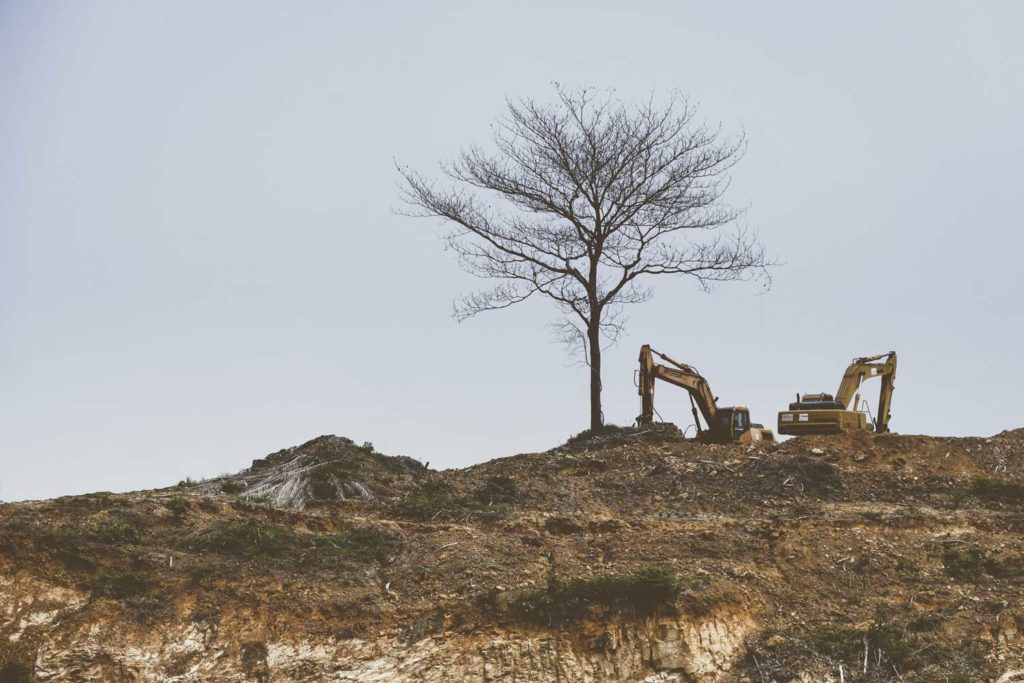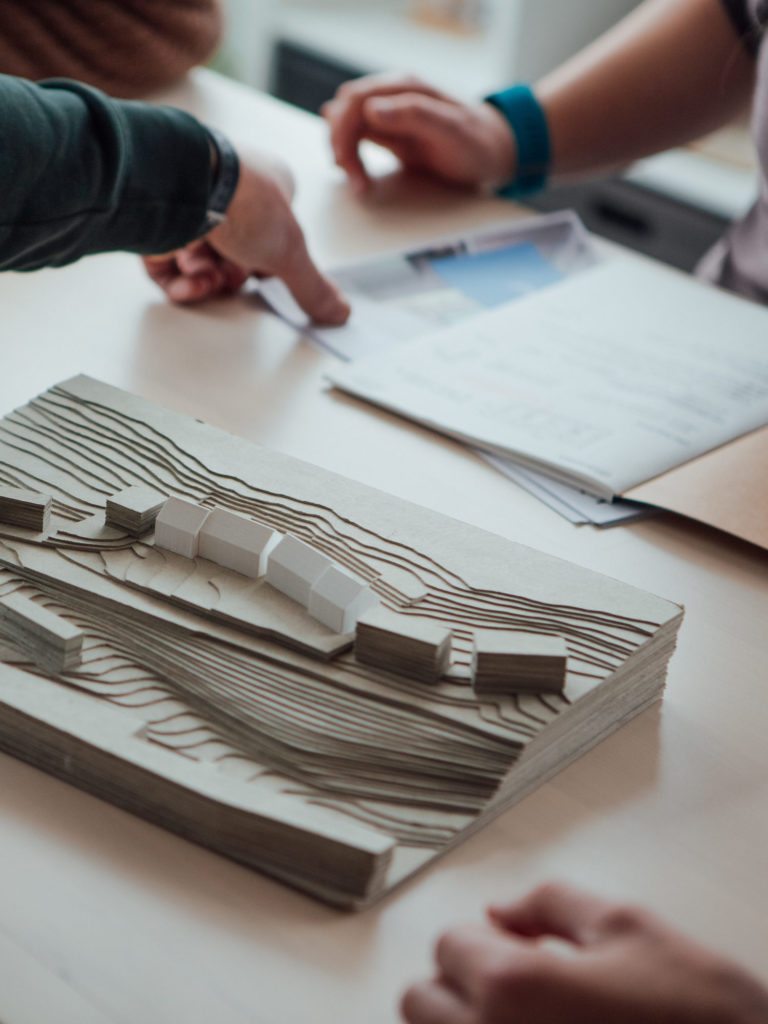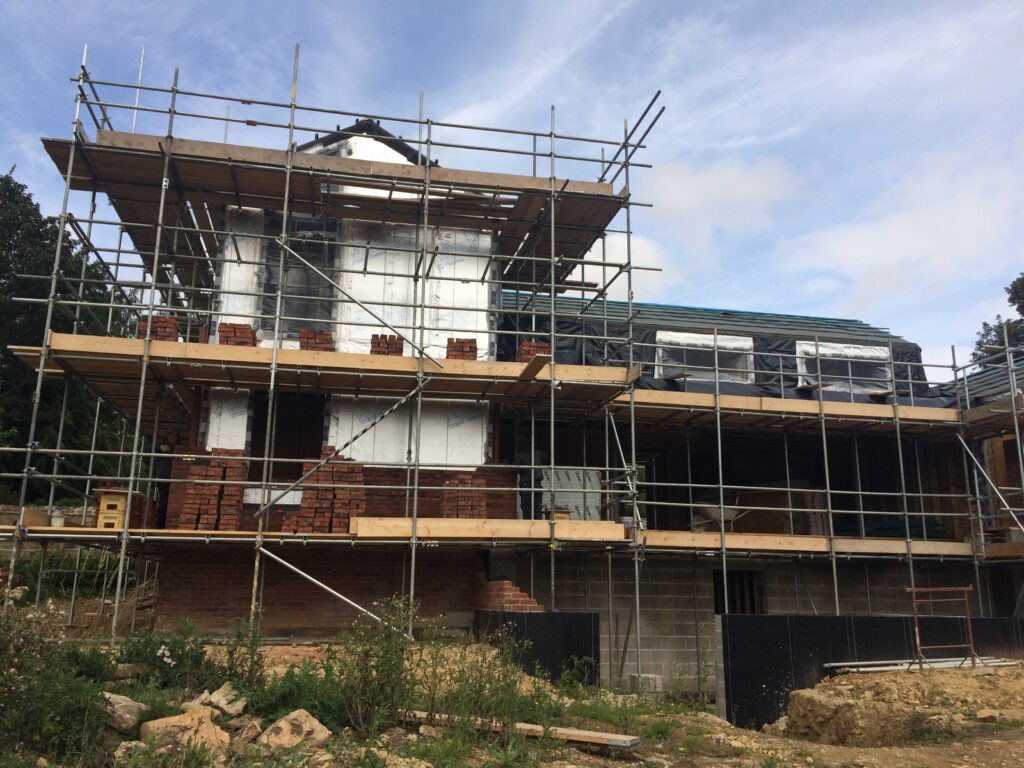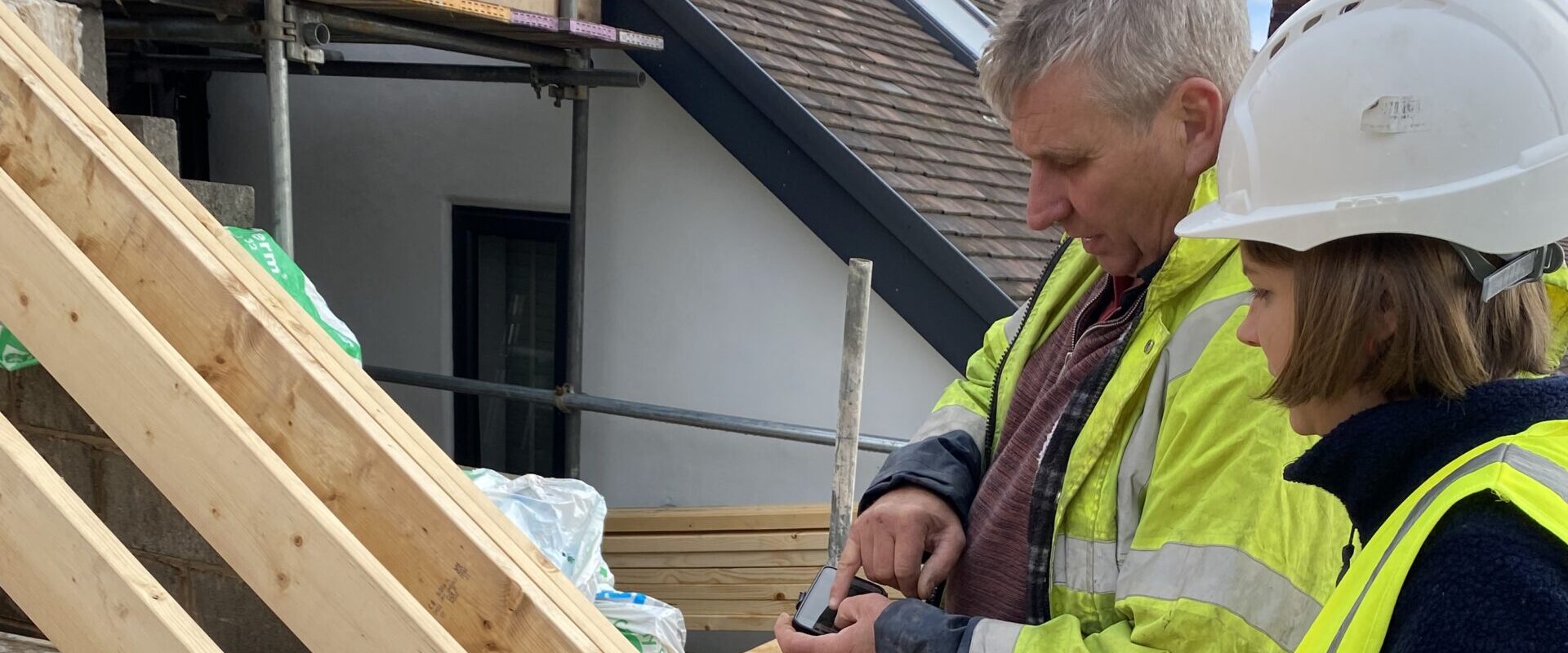At HEM Architects, your budget has always been one of our top priorities.
It’s really important that when you start considering a project you’re able to estimate its costs. That’s why we developed our free Build Cost Calculator. It’s a really useful tool to give an accurate estimate of your project cost.
While it’s simple, it does give you a full picture. Taking into consideration all of your expected costs, to avoid getting unwelcome surprises during the journey of your project. We continue to make improvements to it and clients tell us it’s really helpful in shaping their project and brief.
With this in mind, here are some important tips to get right early in planning your project, to stop your budget spiralling.
Get a Site Investigation
Carrying out a site investigation will undoubtedly save you time and money in the long run. This is especially the case with new-build houses on undeveloped sites. However, it can also apply to extensions on older homes.
In almost all cases, the cost of the investigation will be more than saved by the value it will add to your build.
It also greatly reduces risk and gives much better cost certainty to more accurately balance costs across your project.
Without a site investigation, your engineer will have to design based on the worst possible scenario for you site.
This would usually lead to extra costs in terms of designing details that might not be needed. Or potentially spending £1000s on unnecessary concrete for your foundations – which can really add up for large-scale projects.
Read our blog about site investigations to learn why they’re so important.

Tender early
It sounds obvious, but the earlier you invite contractors to quote for your project. The earlier you’ll get an accurate idea of costs.
This early information can also come at a point when you have the best opportunity to refine the project.
Waiting until all the detailed design work has been done doesn’t leave you much scope to reduce costs without just cutting items from the build.
It’s especially important to have this early detailed cost if keeping to budget is crucial for your new build or renovation project.
If what you’re planning is stretching your resources, this could mean the difference between a successful project or one that ends up incomplete, or never started.
Beware of scope creep
It’s impossible to predict every cost on a project. Sometimes there are unknowns along the way, no matter how much you plan and prepare.
Remember if you agree to change the project scope, make sure these costs are planned and agreed in advance.
Without an agreement on cost at each stage there’s a risk, that the scope of your project can stealthily expand.
It’s easy to add something like new windows in a living room or some bespoke fitted furniture to the interior design, whilst you’re doing an extension and not fully appreciate the cost.
Be clear about what your budget can include and stick to it, or expect costs to rise.
Read our blog on choosing a builder to find out more.
Sign up to our newsletter ‘Notes from a Small Practice’ and download our free cost calculator.

Keep it simple
The more complex a new build or renovation project, the higher the costs.
While cost per m² is a helpful metric, it doesn’t account for the different ways to achieve the same floor area. Simple building designs are not only more cost-effective but also more energy-efficient.
Unconventional layouts and sloped roofs add complexity, increase the number of construction details and areas where heat can escape.
Similarly, sticking to a simple material palette, both inside and out, helps keep costs manageable.
Read our blog about the factors affecting construction costs to learn more.
Set a contingency
A contingency is essential for effective budgeting in any renovation or building project. It provides a financial buffer for unexpected costs.
No matter how carefully a project is planned, unforeseen issues—such as hidden problems, material prices, or delays can occur.
By setting aside a contingency, typically 10% of the total budget, you give yourself the flexibility to handle these surprises without compromising the project’s progress or quality.
This safeguard helps ensure that your project stays on track, even when the unexpected happens.
Finalise the design before construction starts
To avoid costly changes during construction, finalise your design thoroughly before starting on site.
Detailed planning and thorough reviews with your architect can help identify and resolve potential issues early. Reducing the need for expensive adjustments later.
Ensure that all design elements, specifications, and materials are clearly defined and agreed upon before starting work. This approach keeps the project on track and within budget.
Detailed specifications
A detailed specification reduces uncertainty and gives contractors a clear understanding of the project scope, avoiding cost variations later.
Vague instructions or assumptions can lead to errors, reworks, or higher-than-expected quotes.
The more precise your specifications, the more accurate your quotes will be, leaving less room for unexpected costs.
Working closely with your architect and making clear decisions, will ensure all your details are clearly defined.

Low Energy Incentives
There are lots of financial incentives for making homes more sustainable.
Often they’re in the form of discounts or grants for loft and wall insulation, solar panels, or air-source heat pumps.
While the initial investment may seem high, these upgrades lead to long-term savings by lowering your energy use. Plus, they help reduce your energy demand and carbon emissions, which is strong part of our mission at HEM Architects.
For more guidance on saving energy in your home, visit the UK Government website.
Working with an Architect
Navigating the costs to renovate or build a new home can be complicated, and it’s beneficial to work with an experienced architect who can help you keep control of your budget.
With the help of an architect, you will have a better understanding of each step of your plan, including the likely build costs.
So you can worry less about costs spiraling and knowing you can deliver your new build or renovation project within your budget.
Want to build your dream home without going over your budget?
Contact us today to start your project. We’ll help control your build cost, treating your budget as if it were our own.
